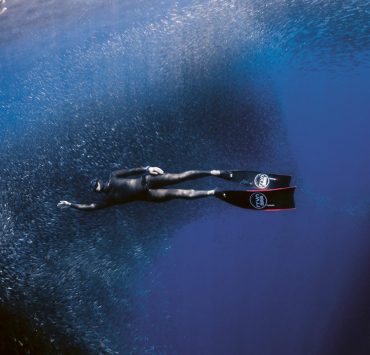The sun you’ll encounter either at the beach or in the city is the same harsh ball of light that beats down on your skin with its harmful UV rays. The effects are similar; the only difference is that you’re wearing less clothing while on the beach.
The sun’s UV rays can cause premature wrinkling, long-term irreversible sun damage, and skin cancer. Follow these quick tips to sun-proof yourself.
- Wear sunscreen. There’s no excuse not to wear sunscreen—there are plenty of formulas available to suit any skin type. If you have oily skin, look for a gel or a lightweight, fluid type of formula. Dry skin will benefit from a creamier sunscreen, while those who don’t have time for serious primping will do well with multitasking SPF products, like a tinted moisturizer, powder foundation, or liquid foundation with sunscreen ingredients built in.
- Have a “stay away” schedule. Even though your sunscreen promises extreme protection, err on the side of safety by making sure to stay away from the sun when it is at its harshest, i.e. between the hours of 10 a.m. and 3 p.m.
- Create a protective base. Foundation helps create a protective barrier on your face from the sun. Look for a formula that’s non-comedogenic so your pores can still breathe while experiencing sun protection benefits. Look for a tinted moisturizer with SPF or a shade-appropriate BB or CC cream.
- Reapply often. Water and sweat can erode sunscreen, even if the formula you chose guarantees resistance against sweat and water. The good thing about reapplication is that you don’t need for the product to “sit” or stew on skin before experiencing its efficacy.
- Don’t forget the nooks and crannies. When applying sunscreen, don’t forget to apply it on your nape, the backs of your ears, the exposed part of your scalp, and other forgotten parts of the body.
- Know your SPF. SPF or Sun Protection Factor is a standard for measuring how effective your sunscreen is against the sun. The higher the number, the more protection it’ll offer you. There are two types of sunscreen: physical and chemical. Physical sunscreens protect you by blocking the sun’s rays, while chemical formulas absorb the sun’s rays, while those with sensitive skin, babies included, will experience less irritation with physical sunscreens; however, these tend to create a thick and white mask on the skin.
This story was originally published in Northern Living, April 2014.
Writer: TATIN YANG




